ICC Changes Two-Ball Rule:What It Means for ODI Cricket

The International Cricket Council (ICC) has recently announced a change to the two balls rule in ODI cricket, which is expected to significantly affect the way the game is played in the 50-over format. The rule, which was introduced in 2011 to counteract the effects of the white ball losing its shine and swing earlier in the innings, has been revised. In this blog, we will explore how this change to the two balls rule could impact ODI cricket, both from a technical perspective and in terms of match strategy.
If you are interested in more blogs like this you can visit our website Vinox Sports.
What Is the Two-Balls Rule in ODI Cricket?
Before diving into the changes, let’s briefly review the two balls rule in ODI cricket. Introduced in 2011, the rule allowed two white balls to be used during an ODI match—one from each end—aiming to maintain the swing and seam movement in the early overs of the game. The idea was to give the bowlers a better chance of getting wickets in the initial stages, especially when the ball is new and more prone to movement. However, with the new ICC changes, there are some key modifications that could have a lasting impact on the game.
Key Problems Arising from the Two-Balls Rule in ODI Cricket
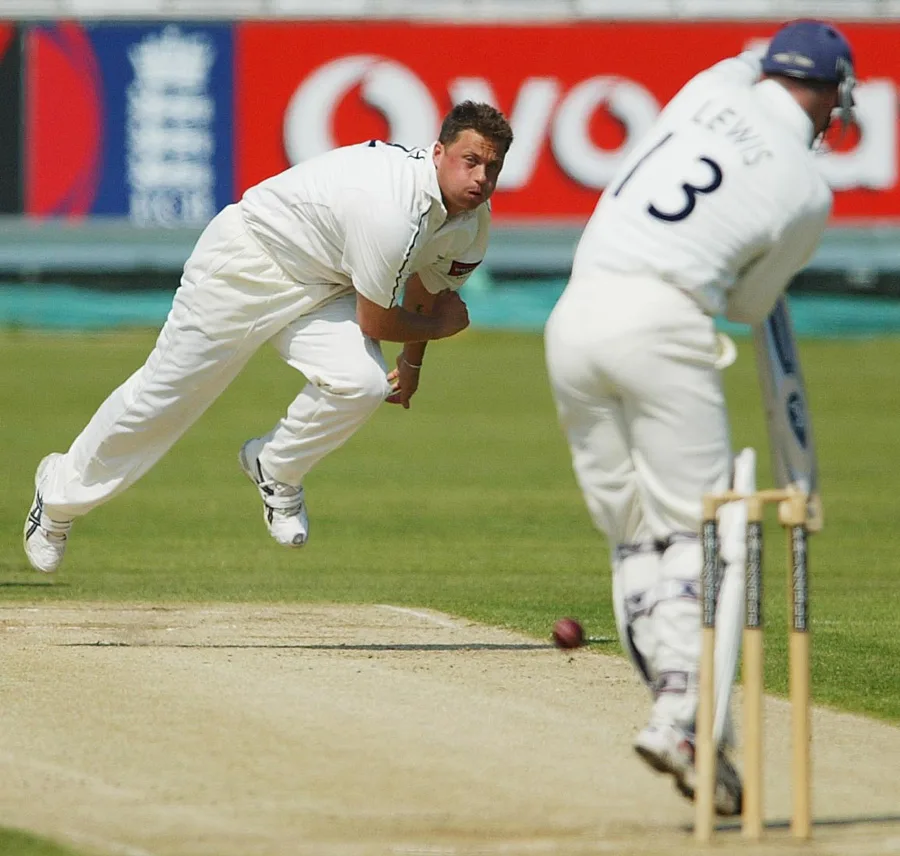
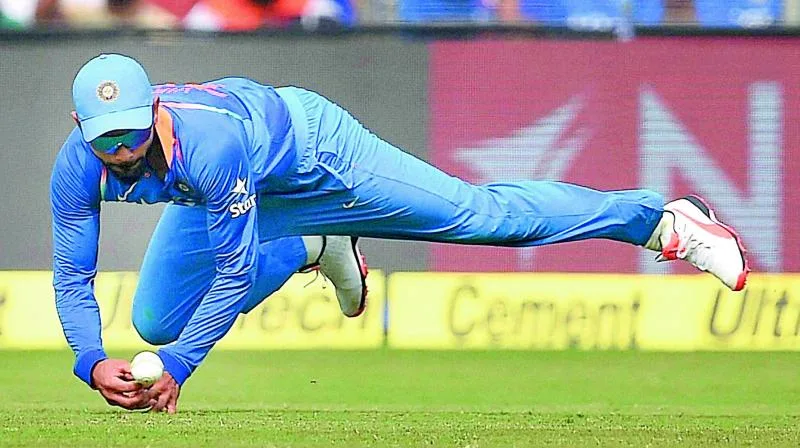
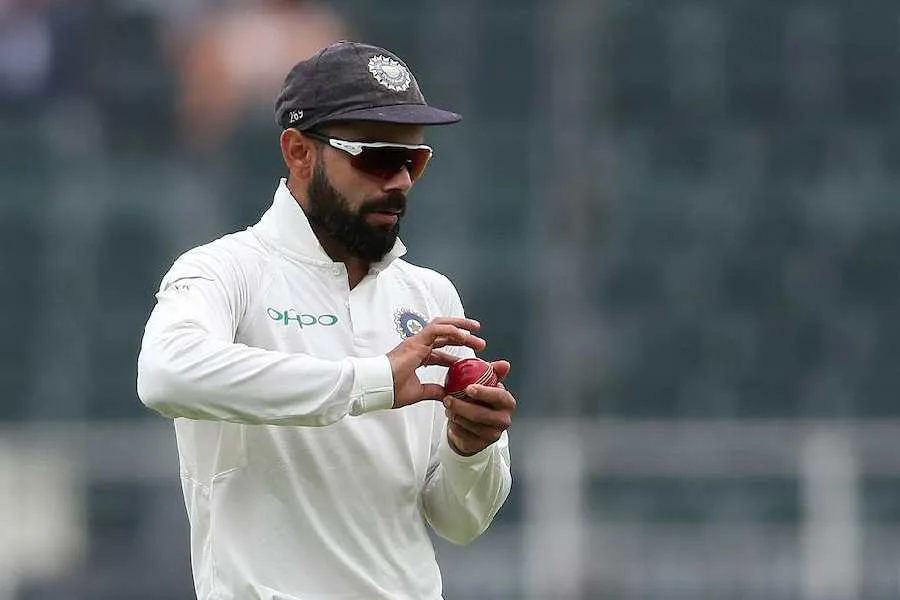
The changes to the two balls rule will have significant consequences for both bowlers and batsmen in ODI cricket.
1. Reduced Swing and Movement for Fast Bowlers
In the current format of ODI cricket, the new ball has been a crucial tool for fast bowlers, especially in the early overs, as it provides them with swing and seam movement. With the introduction of a single ball, fast bowlers might lose out on this advantage, and the game could become more batsman-friendly. The first 15 to 20 overs, which were previously dominated by swing and pace, might now become more about accumulating runs.
2. More Focus on Bowling Accuracy
Fast bowlers will have to adapt to the changes by focusing more on accuracy and maintaining the condition of the ball for a longer period. The need for a strategic approach to keep the ball in the best possible condition throughout the match will put more emphasis on control and consistency.
3. Spinners Could Have the Upper Hand in the Later Stages
As the ball wears down, spin bowlers might have more opportunities to extract turn and drift. This could lead to more wickets falling in the middle and later stages of the innings. The strategy of attacking with spin in the death overs might become even more crucial in the new setup.
4. Changes in Batting Strategy
Batsmen could feel more confident in the first half of the innings, knowing that the swing and seam movement will not last as long as it did previously. This could lead to more aggressive shot-making in the initial overs. However, with only one ball, the challenge of maintaining consistency throughout the innings will become a test of endurance for both teams.
Why Is the ICC Considering This Change Now?
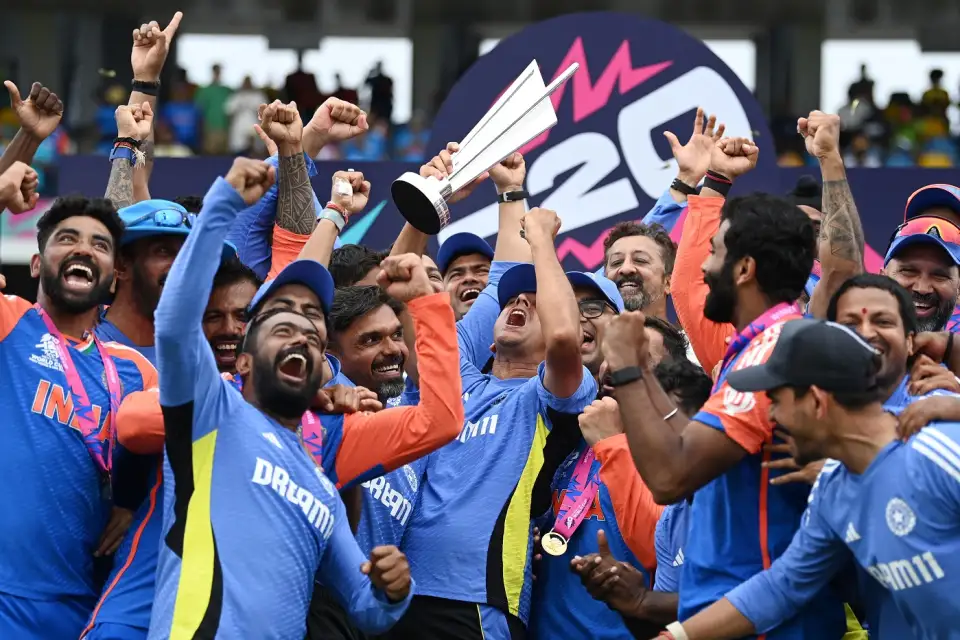
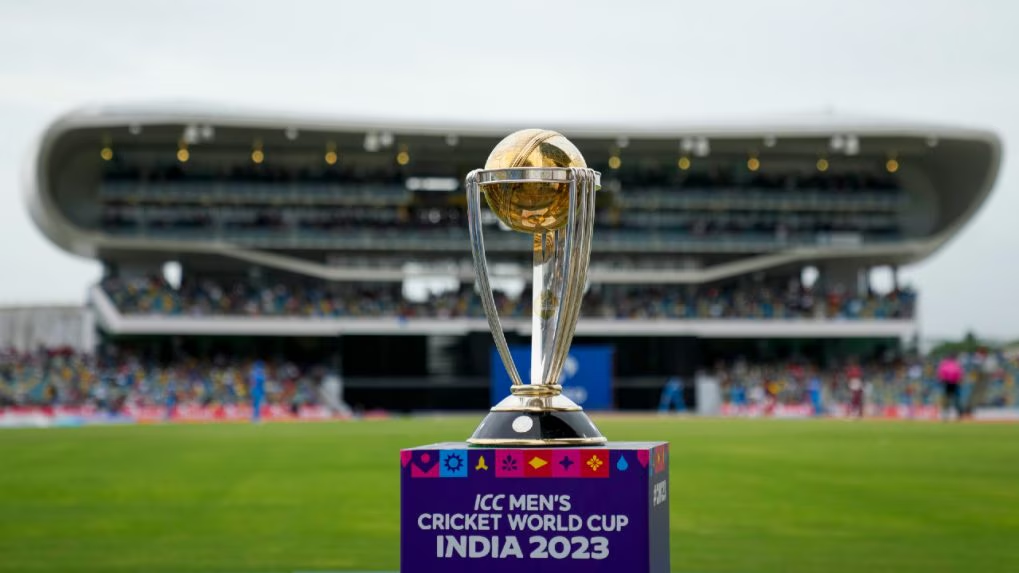


The declining interest in ODI Cricket compared to T20 formats has raised alarms. Critics argue that removing or modifying the two-ball rule could reintroduce variety into the game and bring back the bowling strategies that once made 50-over matches exciting. The recent World Cup highlighted how flat pitches and unchanging ball conditions tilted the scales too far in favor of batters.
Impact of the Rule Change on ODI Cricket
Should the ICC go ahead with the rule change, it could revive traditional aspects of ODI Cricket that have faded over the years. Here’s how:
Reintroduction of Reverse Swing
A single ball throughout the innings would allow for more wear, making reverse swing a viable weapon again.Spin Bowlers Gain Advantage
Older balls tend to grip more, giving spinners a better chance to turn the ball and deceive batters.More Strategic Bowling
Bowlers can plan around the ball’s aging process, and captains can be more creative with field settings and bowling changes.Balanced Scorecards
Instead of 350+ scores becoming the norm, teams might have to work harder for runs, bringing back the unpredictability of ODI Cricket.
How Teams Will Adapt to the New ODI Cricket Rules
As with any rule change, teams will need to adjust their strategies to cope with the new reality of ODI cricket.
Bowling Strategy: Teams will have to develop new tactics, especially for the fast bowlers, who have been heavily reliant on the early movement provided by the two balls. Bowlers may focus more on hitting the right lengths and maintaining control over the ball.
Batting Strategy: On the batting side, teams may adjust their approach in the early overs to take advantage of the less swinging conditions. We might see an increase in aggressive play early on, but with a focus on building partnerships for the middle overs.
Fielding Strategy: The fielding teams will also play a crucial role in preserving the ball’s condition. They will need to be more careful when the ball starts to wear out, as the quality of the ball will deteriorate over time.
Reactions from the Cricketers Around the world



The response from current and former cricketers has been largely positive. Here’s what some of them had to say:
“This is a long-overdue correction. Let the bowlers have a say in the final overs of ODI Cricket again.” – Wasim Akram
“Spin is an art that’s been sidelined for too long in this format.” – Harbhajan Singh
“ODIs lost their charm when they became predictable. This rule change could bring back the thrill.” – Michael Vaughan
While batters may not be thrilled by the change, many agree it’s crucial for the survival of ODI Cricket as a competitive and exciting format.
Could this help save ODI Cricket?
The potential change in the two-ball rule could be crucial for the future of ODI cricket. Here’s how:
Revival of Reverse Swing
The use of a single ball throughout the innings would lead to more wear and tear, making reverse swing a viable weapon again. This would reinstate an important aspect of fast bowling that has been missing in recent years.Increased Impact of Spin Bowlers
With an older ball, spinners would regain the ability to extract more turn and grip. This would not only give them a better chance to deceive the batsmen but also add variety to the game, making it less predictable.More Strategic Bowling Decisions
The aging of a single ball would allow bowlers to plan their strategies more effectively. Captains would need to be creative in their field settings and bowling changes, considering how the ball would behave in its later stages.Balanced Contest Between Bat and Ball
With one ball in play, scores might become more balanced. Rather than seeing 350+ totals regularly, teams would have to work harder for runs. This could lead to more competitive, low-scoring matches, which are often more thrilling and unpredictable.Revitalization of Traditional ODI Tactics
The return to a single ball would bring back old tactics like saving the ball for the death overs. This would restore an element of strategy and make the game less one-dimensional, which has been a concern with the two-ball rule.Restoration of Excitement and Unpredictability
With more challenges for batters in handling a worn ball, the unpredictability of matches would increase. High-pressure situations would reemerge, where even a low score could lead to a dramatic chase, reminiscent of ODI cricket’s golden era.
Conclusion
The ICC’s changes to the two balls rule in ODI cricket mark a significant shift in the way the game will be played. With only one ball in use, both bowlers and batsmen will need to adjust their strategies, and teams will need to focus on new tactics to gain an advantage. While it may take some time for players and coaches to adapt, the changes could lead to a new era in ODI cricket, with a more balanced approach between bat and ball. As ODI cricket continues to evolve, these changes will likely shape the future of the 50-over format.

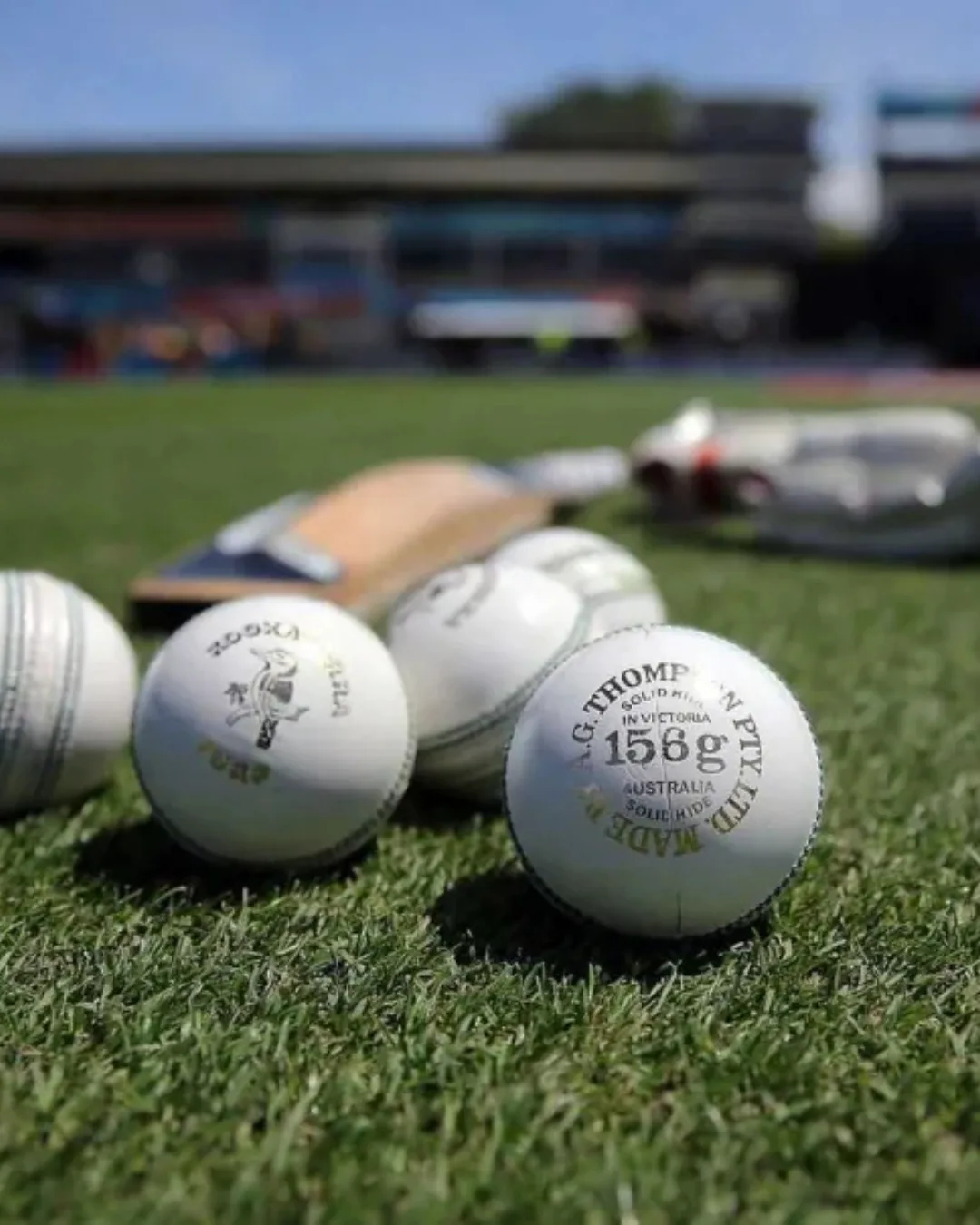

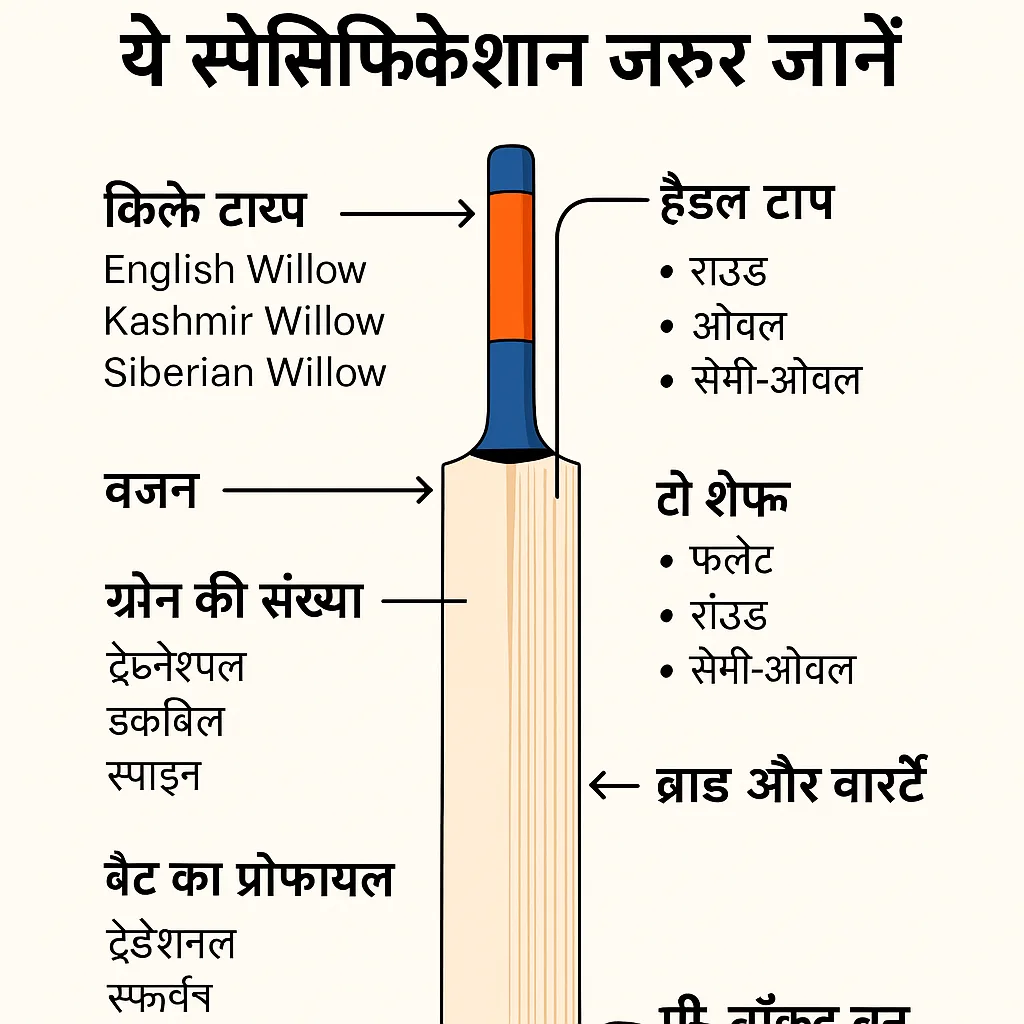

 No products in the cart.
No products in the cart.